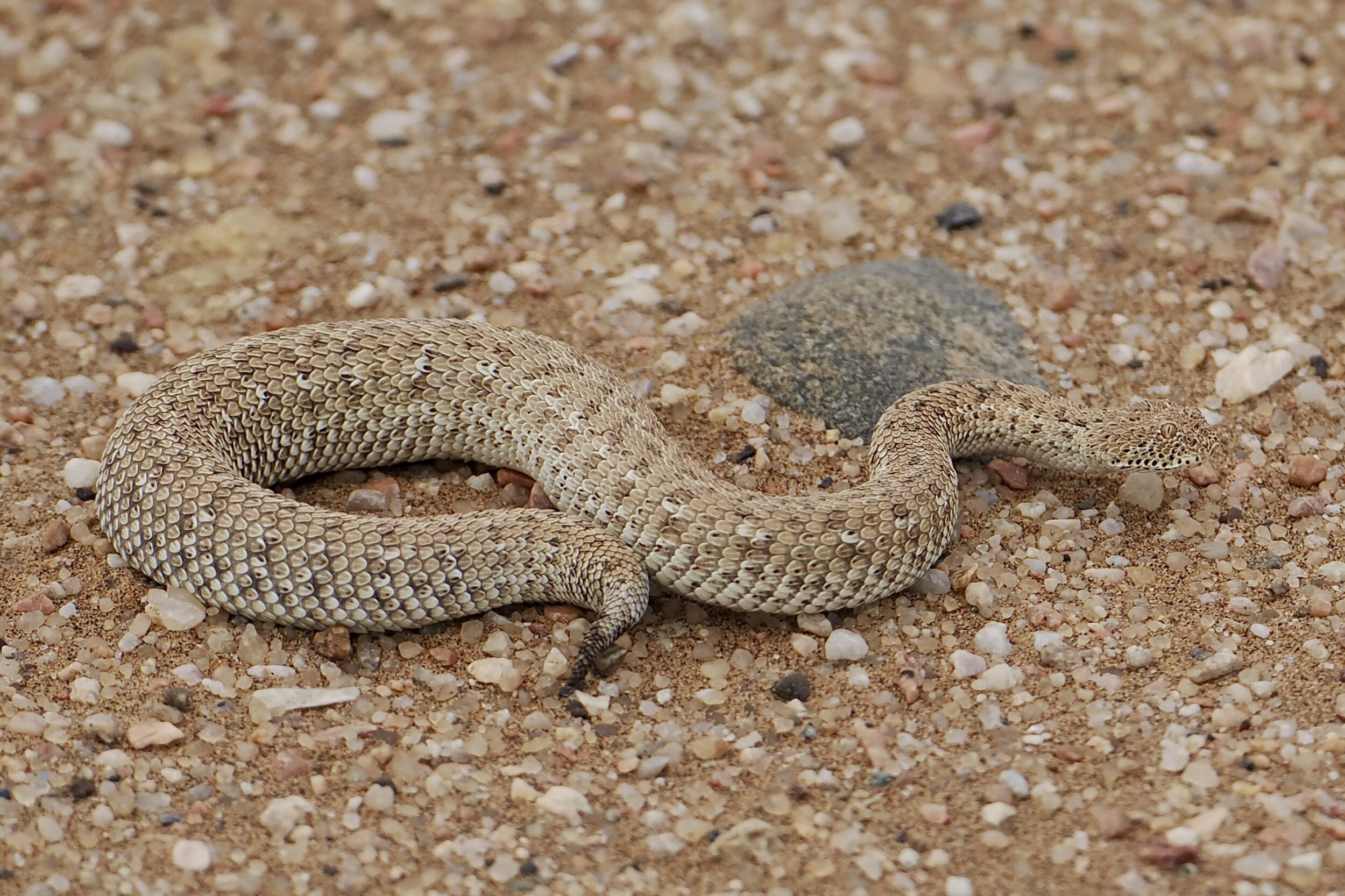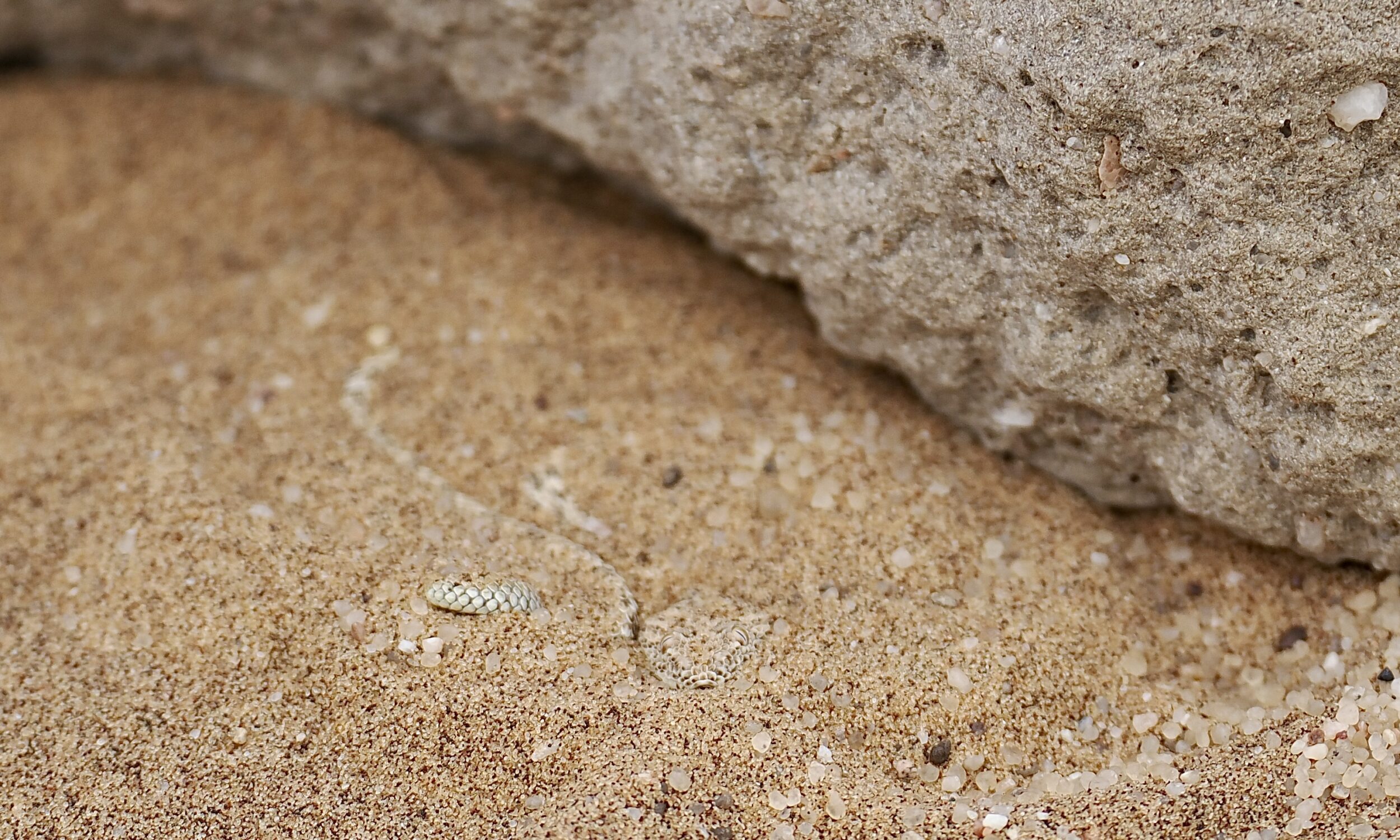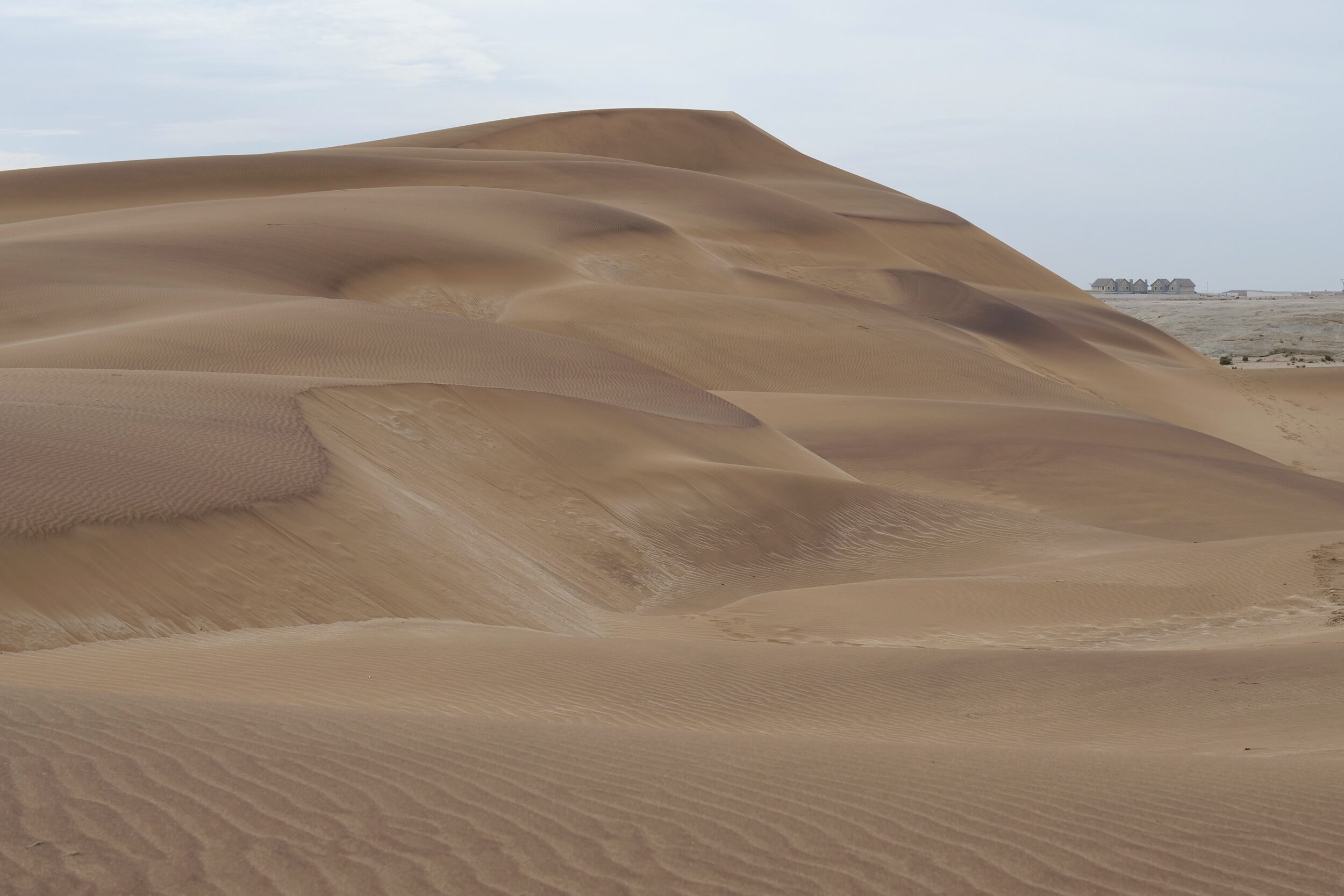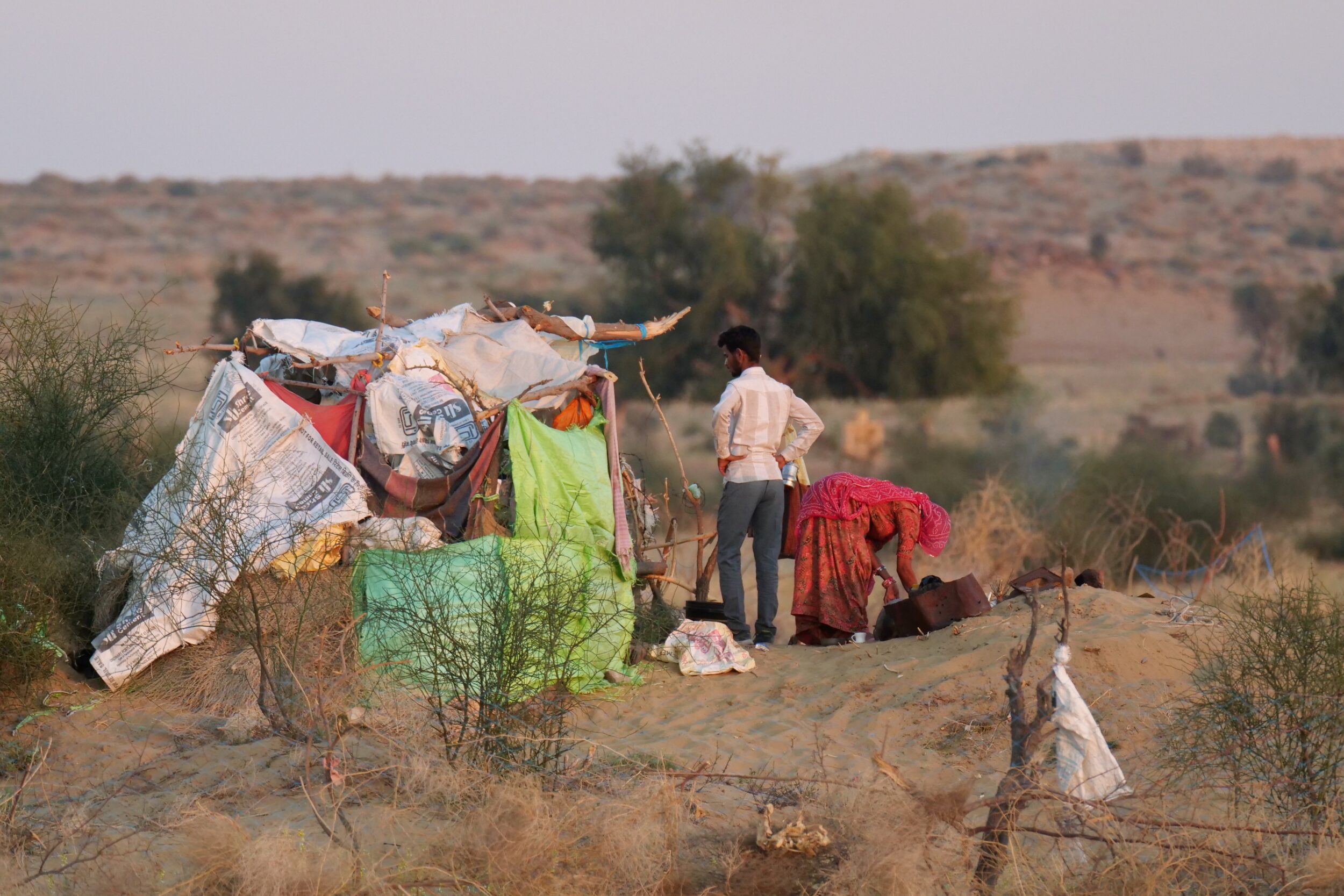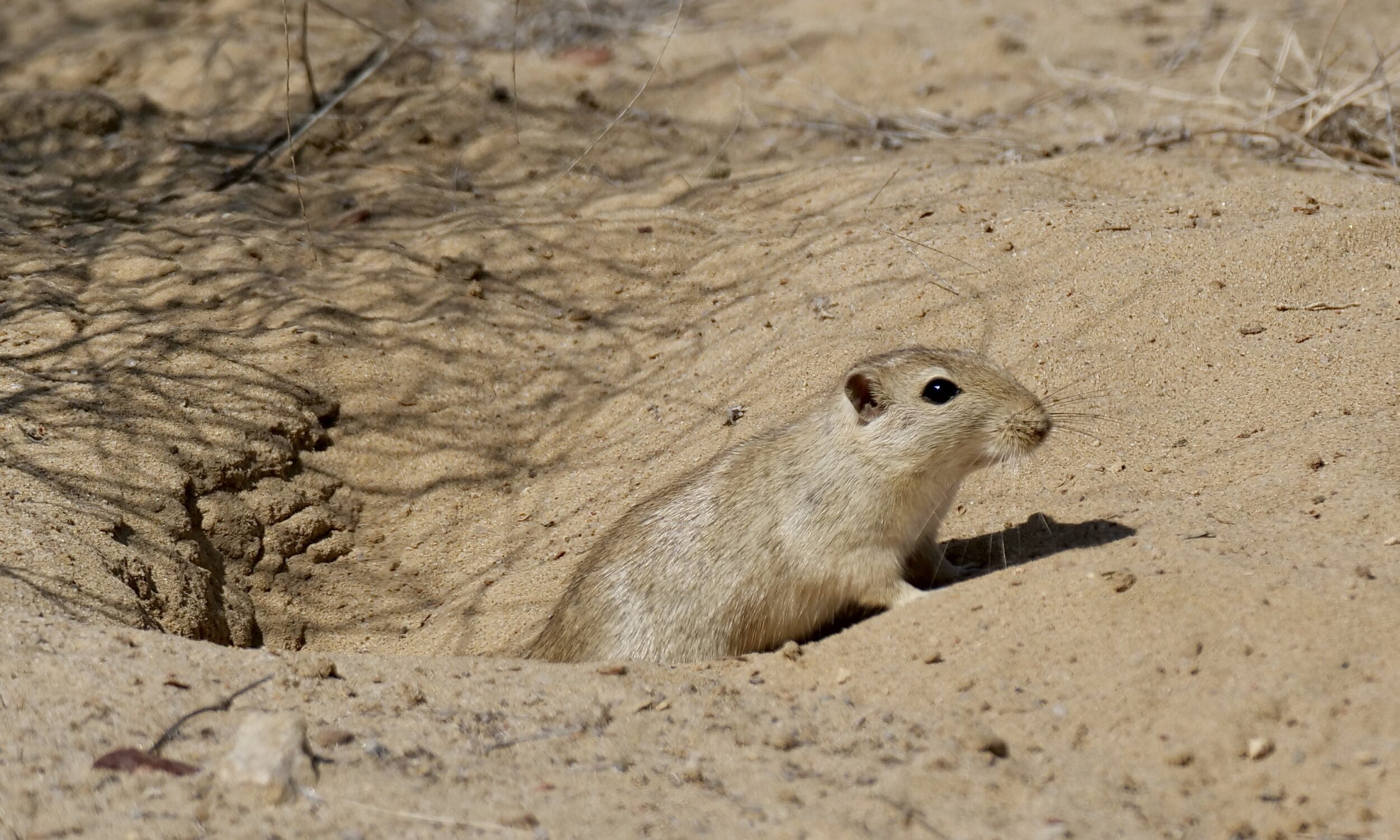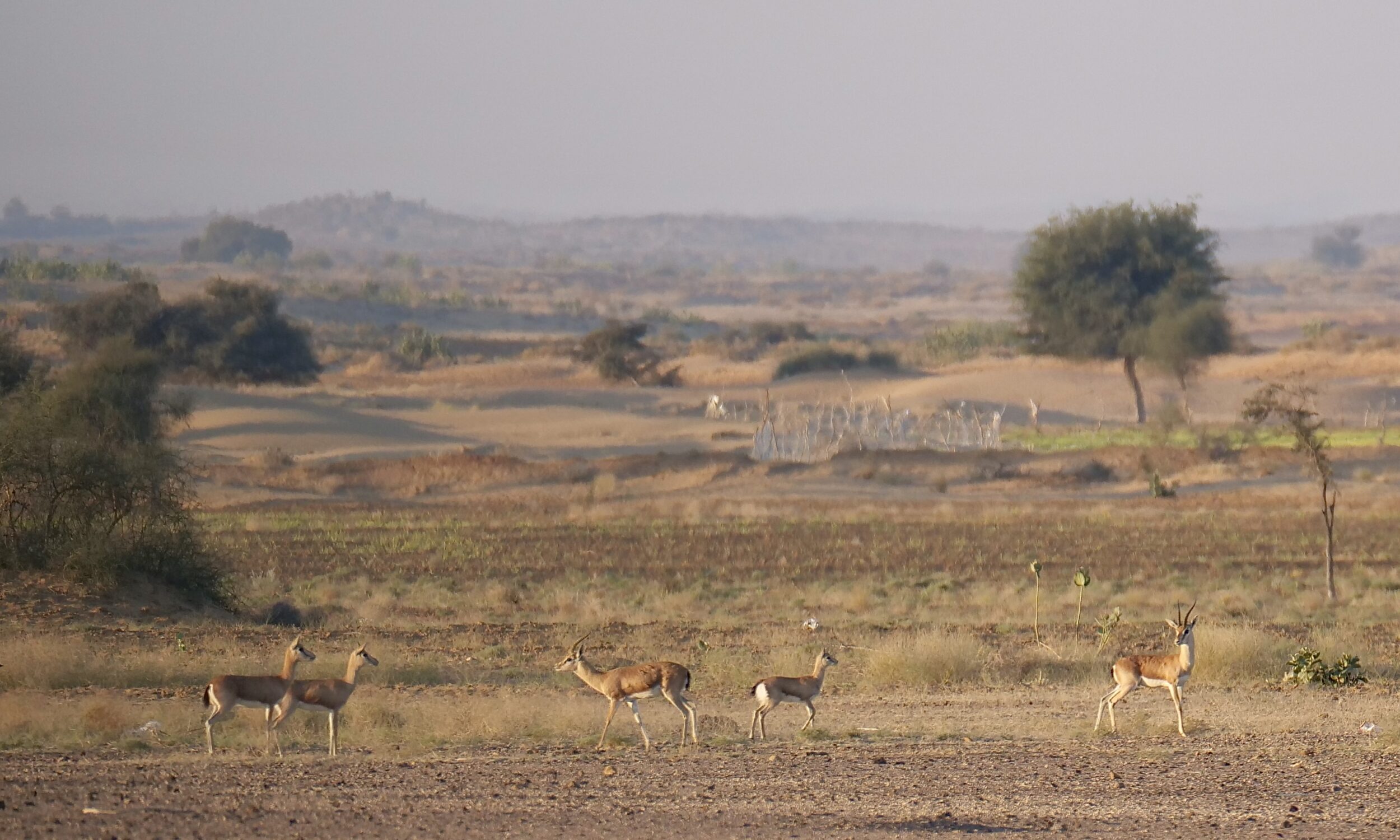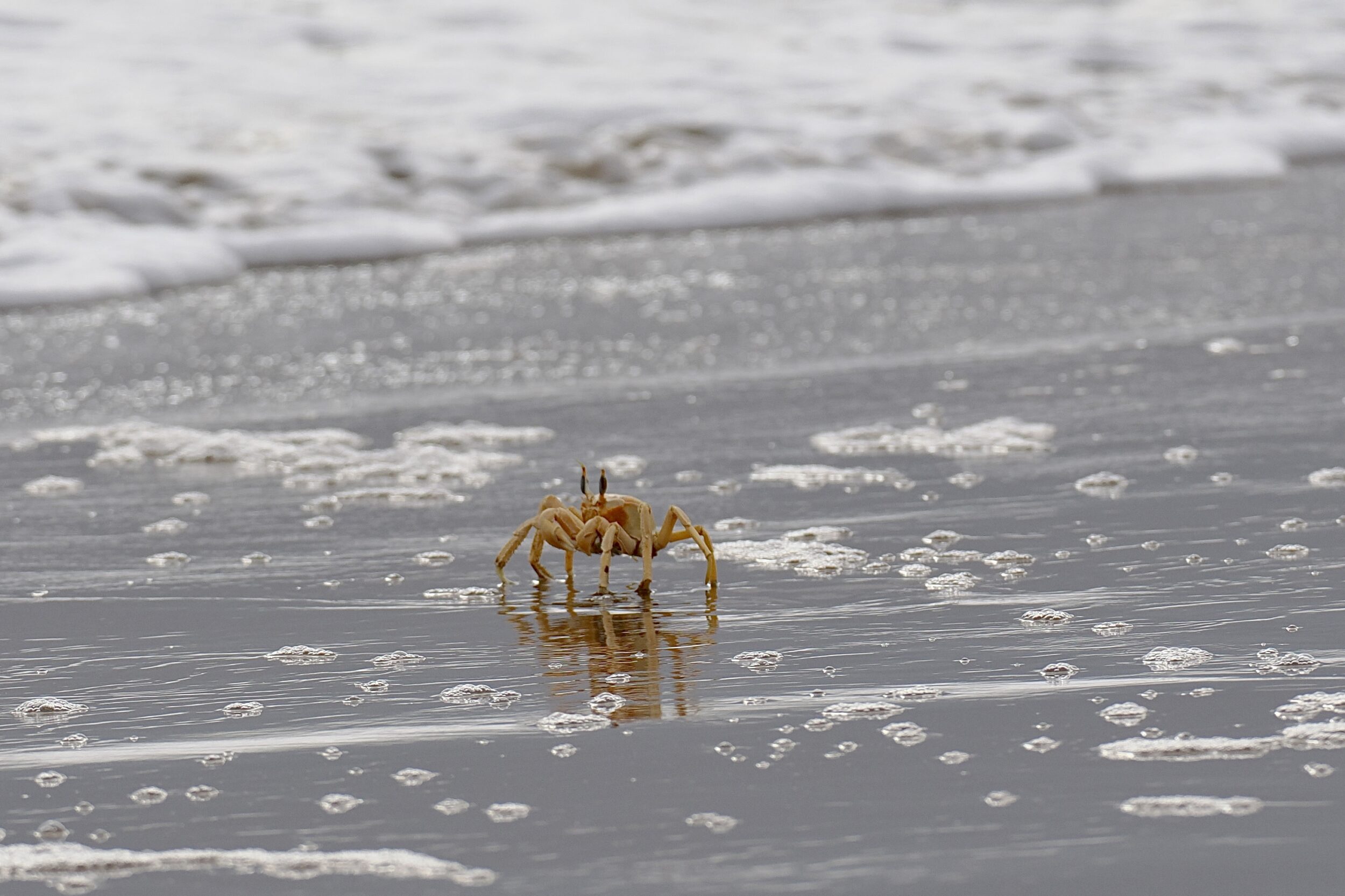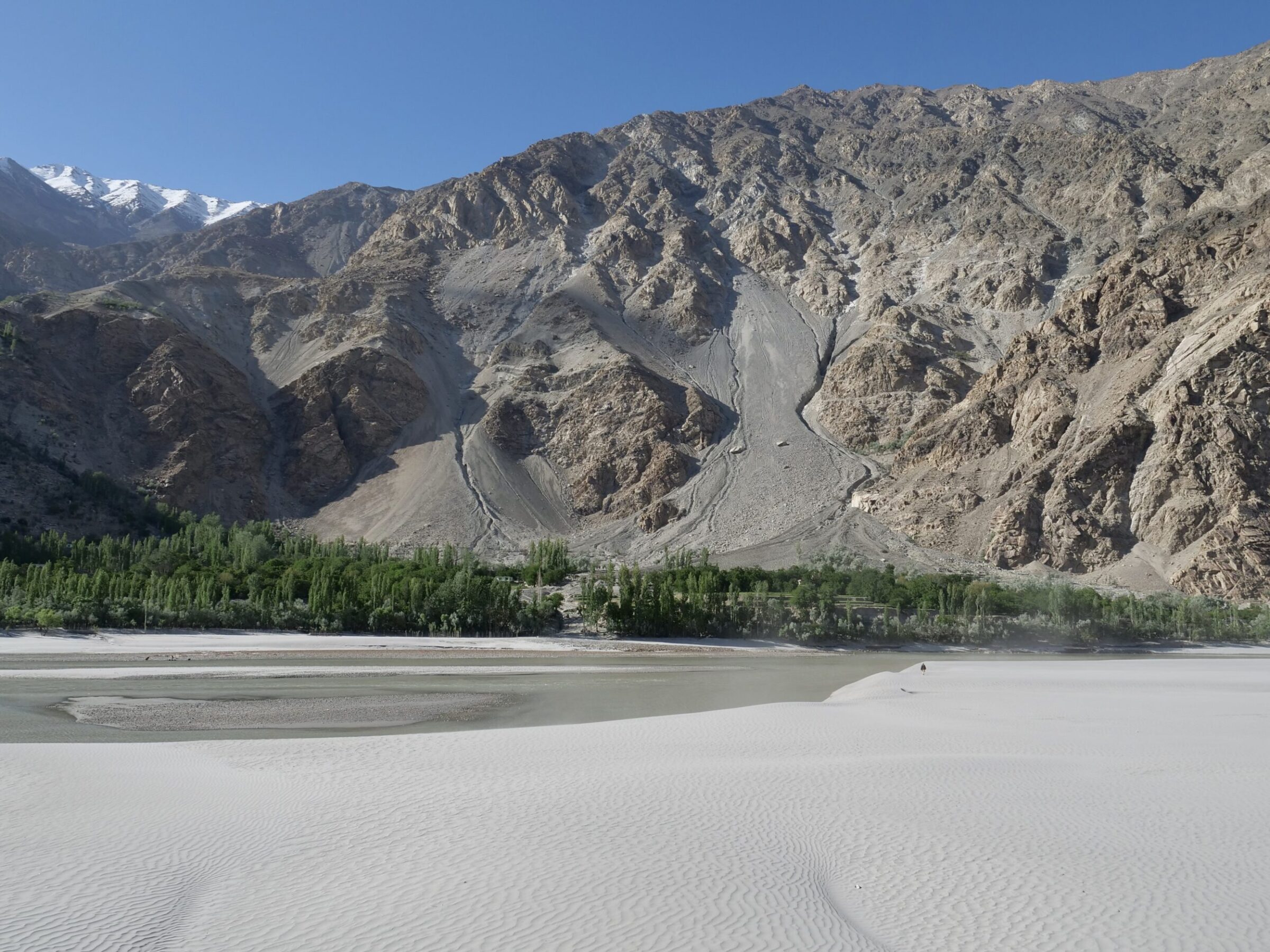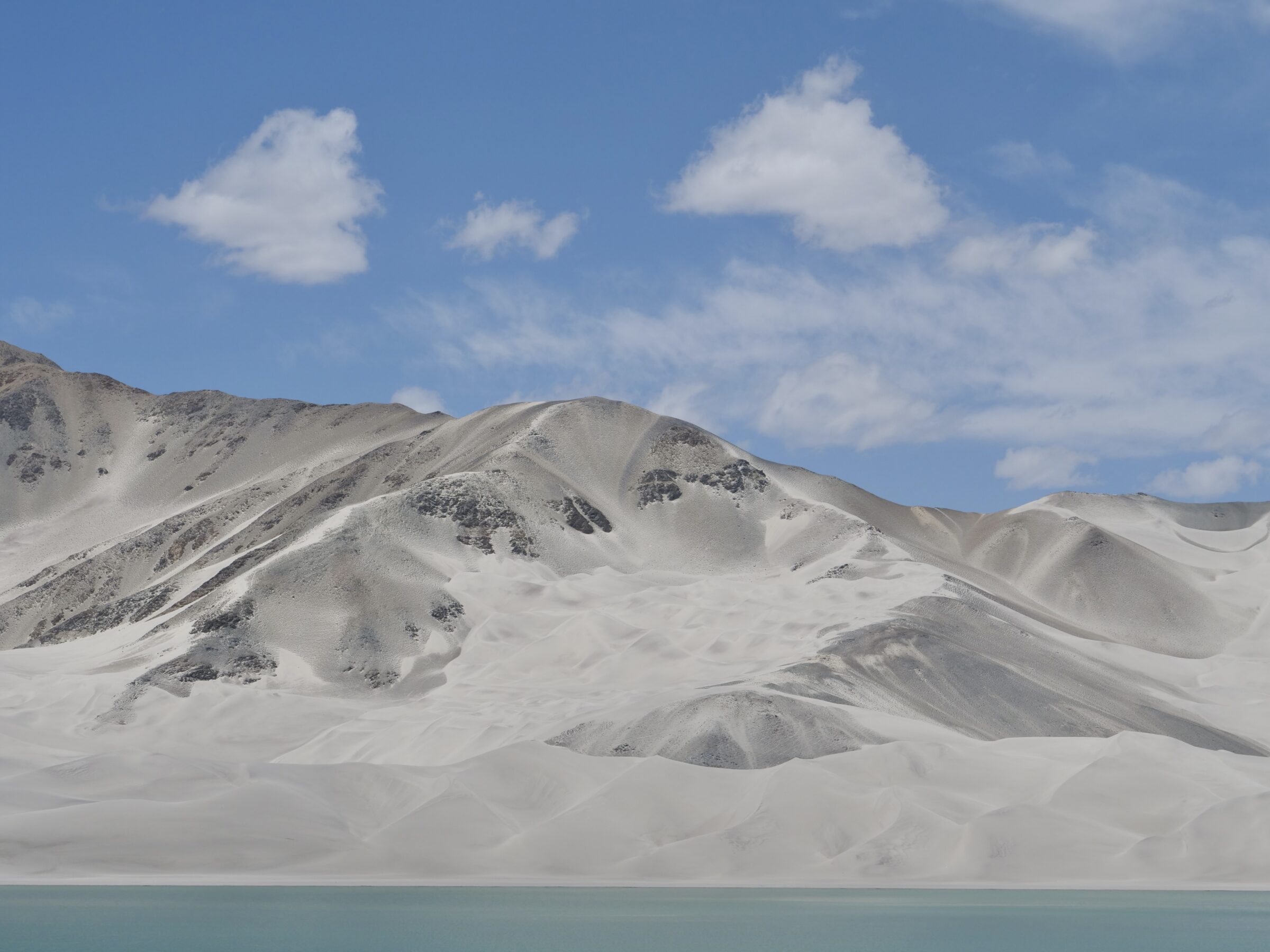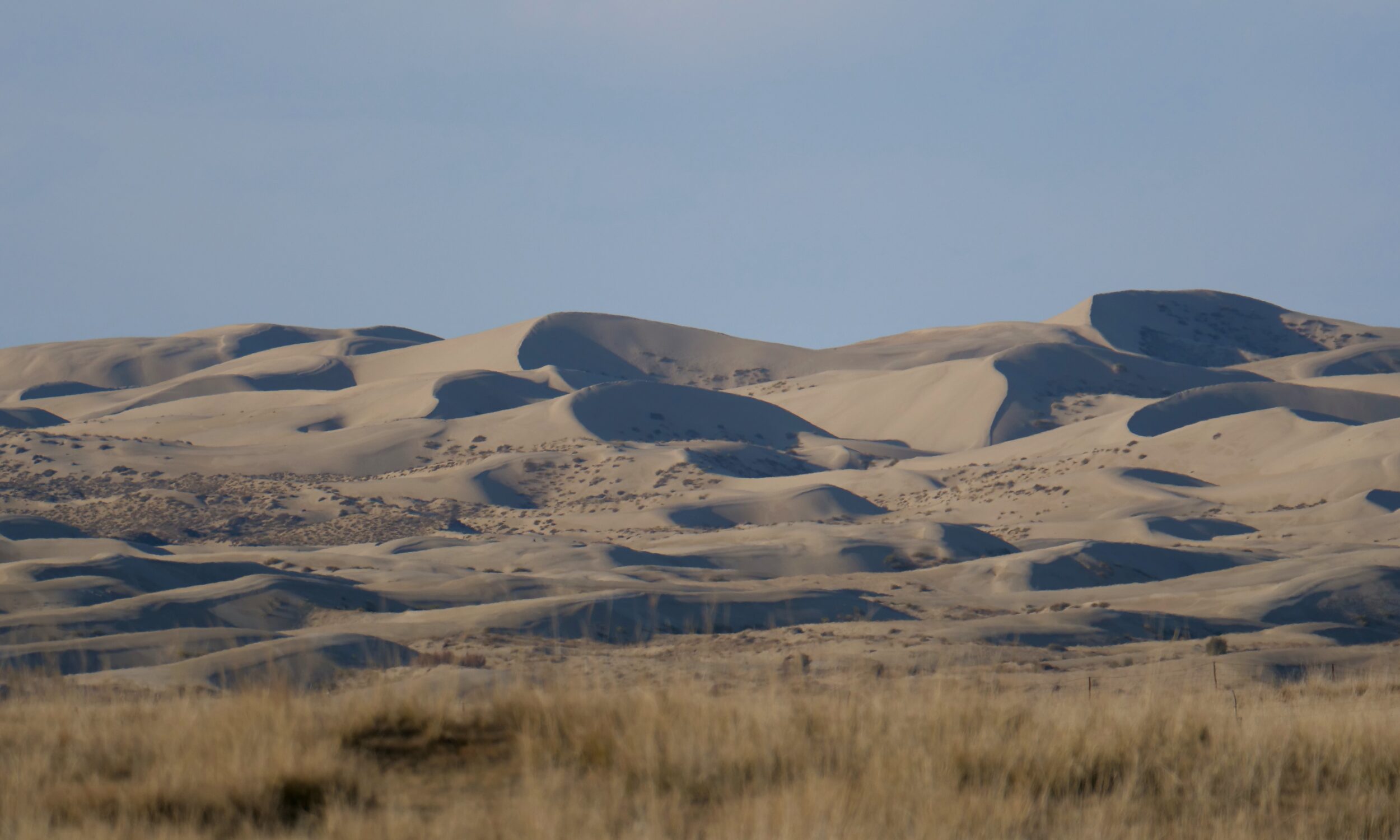This post’s featured image is far from great, but it does show a particularly surprising place.
I took the photo through “our” vehicle’s tinted window, as we zoomed past the pictured dunes at 5.09 pm on 22 October 2019.
Nearby, was a very large, salty lake.
The nearest ocean shore was circa 1500 kilometres distant, in a straight line.
No “straight line” transport connects to that shore; reaching the nearest ocean beach would require an arduous one-way journey of circa 2,000 kilometres.
Unsurprisingly, this particular vicinity is sparsely populated.
However, when I took the photo we were just 100 or so kilometres distant from a metropolis which is home to at least two million people; we would reach it before nightfall.
Q: where in Africa were we?
